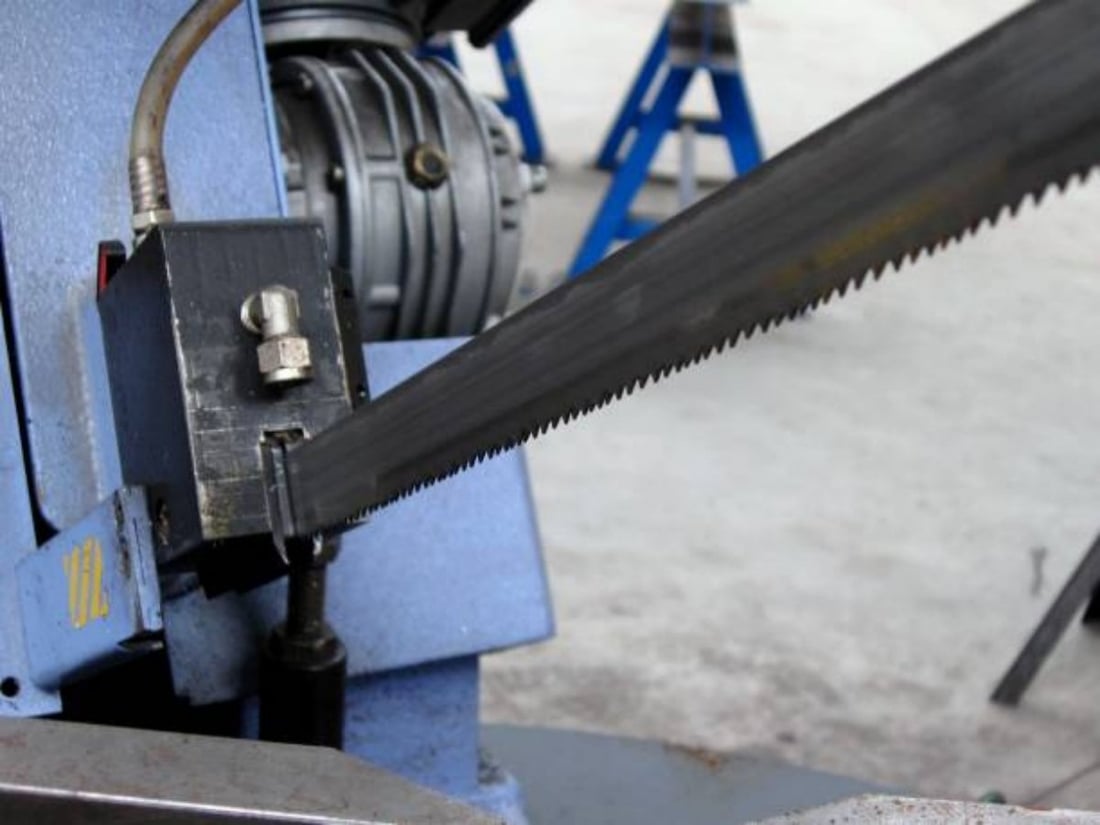Understanding Oscillating Saw Blades for Metal
When it comes to cutting metal, traditional tools often fall short in terms of precision, efficiency, and versatility. However, with the advent of oscillating saw blades for metal, this predicament has been resolved. These innovative blades have revolutionized the metalworking industry by providing users with a highly effective cutting solution. In this comprehensive guide, we will delve into the various aspects of oscillating saw blades for metal, including their features, types, applications, and maintenance tips.
The Features of Oscillating Saw Blades for Metal
Oscillating saw blades for metal are designed to meet the specific requirements of cutting through various types and thicknesses of metal. These blades are characterized by several key features that make them ideal for this purpose.
1. Bi-Metal Construction
One of the standout features of oscillating saw blades for metal is their bi-metal construction. This means that the blade is composed of two different metals, typically high-speed steel (HSS) and high-carbon steel. The combination of these materials enhances the blade's durability, cutting speed, and overall performance.
2. Teeth Configuration
The teeth configuration of oscillating saw blades for metal is another crucial aspect. These blades are equipped with aggressive teeth that are specially designed to withstand the demands of cutting through tough metals. The teeth may be set in a variety of patterns, including straight, angled, or wave-like, depending on the specific application.
3. Universal Fit
Most oscillating saw blades for metal feature a universal fit design. This means that they can be easily attached to and used with various brands and models of oscillating tools. This versatility makes these blades a popular choice among professionals and DIY enthusiasts alike.
Types of Oscillating Saw Blades for Metal
Oscillating saw blades for metal are available in different types, each designed to cater to specific cutting requirements. Understanding these types will help you choose the right blade for your project.
1. Straight-Edged Blades
Straight-edged blades are the most common type of oscillating saw blades for metal. They feature a straight edge with teeth on one side, making them ideal for making precise cuts and plunge cuts in metal materials.
2. Flush Cut Blades
Flush cut blades, also known as offset blades, are designed to cut flush to a surface. These blades have teeth on both sides, allowing you to cut right up against an adjacent material without damaging it. They are particularly useful for trimming metal pipes or removing protruding nails.
3. Segmented Blades
Segmented blades are characterized by their semi-circular or half-moon shape. These blades are primarily used for removing grout, but they can also be effective for cutting through thin metal sheets or pipes.
Applications of Oscillating Saw Blades for Metal
Oscillating saw blades for metal have a wide range of applications across various industries. Let's explore some of the common uses of these versatile blades.
1. Metal Fabrication
In metal fabrication, oscillating saw blades are indispensable tools for cutting, shaping, and trimming metal sheets, bars, and pipes. They allow fabricators to achieve precise cuts without compromising the integrity of the metal.
2. Plumbing
Plumbers often rely on oscillating saw blades for metal to cut through metal pipes during installation or repair work. These blades offer the flexibility to cut pipes at different angles and access tight spaces with ease.
3. HVAC Installation
When it comes to HVAC installation, oscillating saw blades for metal are invaluable for cutting through ductwork, metal panels, and other components. They enable HVAC technicians to make accurate cuts quickly and efficiently.
4. Automotive Repair
Automotive repair shops utilize oscillating saw blades for metal to remove rusted bolts, cut through exhaust pipes, and perform various other metal cutting tasks. The versatility and precision of these blades make them a must-have tool in any automotive workshop.
Maintaining Oscillating Saw Blades for Metal
To ensure the longevity and optimal performance of your oscillating saw blades for metal, proper maintenance is essential. Here are some tips to help you care for your blades:
1. Clean After Use
After each use, remove any metal shavings or debris from the blade using a wire brush or compressed air. This will prevent the accumulation of material that can hinder the blade's cutting efficiency.
2. Lubricate Regularly
Apply a small amount of lubricant, such as cutting oil or silicone spray, to the blade teeth and body. This will reduce friction and heat buildup during cutting, prolonging the life of the blade.
3. Store Properly
When not in use, store your oscillating saw blades in a dry and clean environment, preferably in a blade storage case or sleeve. This will protect them from moisture, dust, and other elements that can cause corrosion or damage.


